At a joint meeting of the Churchill County Commissioners and the Planning Commission on April 26, officials took a major step toward reshaping how industrial development is managed across the county. In an effort to provide greater clarity for both property owners and the public, the county is proposing to split its current single industrial zoning category into three distinct classifications: Light Industrial (I-1), Medium Industrial (I-2), and Heavy Industrial (I-3).
The discussion focused on modernizing Churchill County’s land use table to make it easier for businesses, developers, and residents to understand what uses are allowed in different areas. Planning Director Randy Hines explained that the current system, which relies heavily on special use permits (SUPs) for nearly all industrial activities, creates uncertainty and delays. Under the proposed system, many standard uses would be approved through a more straightforward design review process, while more intensive uses would still require public hearings and special permits.
“We want to create more clarity so that if someone is interested in a property, they know up front what they can do with it — and what their neighbors can do — without having to guess or go through a lengthy special use permit process for every project,” Hines said.
- Proposed changes include:
Breaking industrial zoning into three tiers: Light (I-1), Medium (I-2), and Heavy (I-3) Industrial - Expanding the industrial land use table to include more specific use categories, each with clear requirements
- Implementing a stronger design review process requiring engineered site plans, drainage reports, and mitigation of potential impacts
- Maintaining public notifications and the ability for public input, even for uses approved administratively
Under the new system, uses such as indoor light manufacturing and warehousing would be allowed in Light Industrial zones without an SUP, while more intensive activities like hazardous material processing would be confined to Heavy Industrial areas and still require additional oversight.
Officials emphasized that public input would remain an important part of the process. Adjacent property owners would be notified of proposed projects even if a special use permit is not required, and residents would still have the right to appeal approvals.
Planning commissioners also discussed the importance of carefully defining uses to avoid future confusion. They cited examples such as lithium processing, a topic of significant local concern, and stressed the need to differentiate between hazardous and non-hazardous uses when assigning zoning classifications.
By creating clearer zoning pathways, county leaders hope to encourage appropriate industrial growth, protect existing neighborhoods, and provide certainty to developers and residents alike.
“It’s about shaping where we want our community to grow and being honest and upfront with businesses and citizens from the very beginning,” Commissioner Matt Hyde said.
The proposed zoning changes will continue to be refined with public input before any final decisions are made.


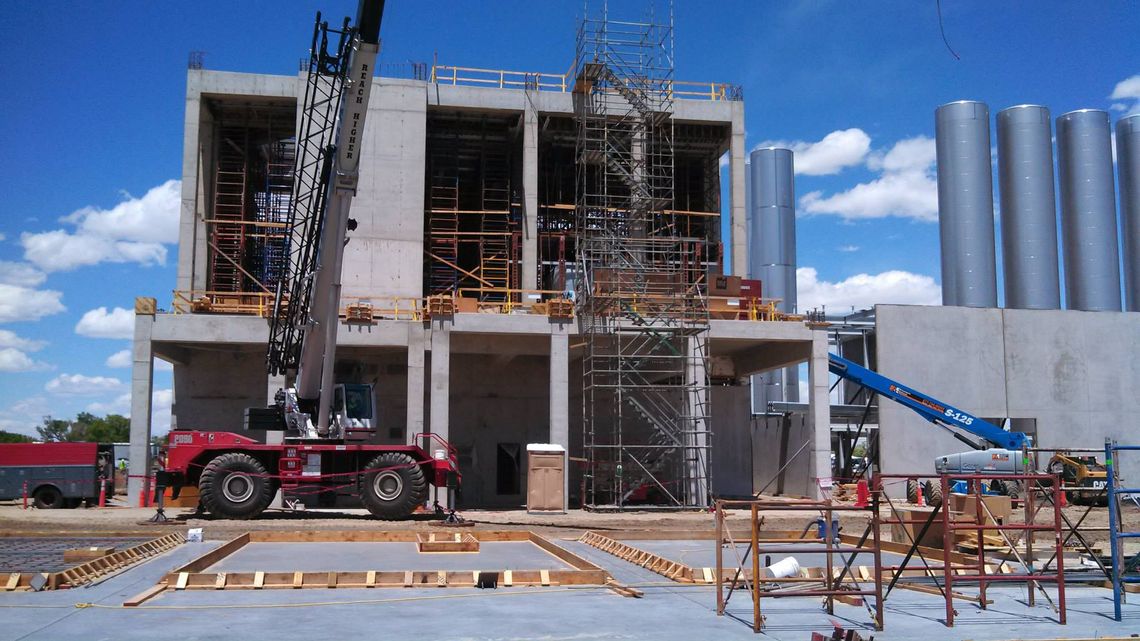
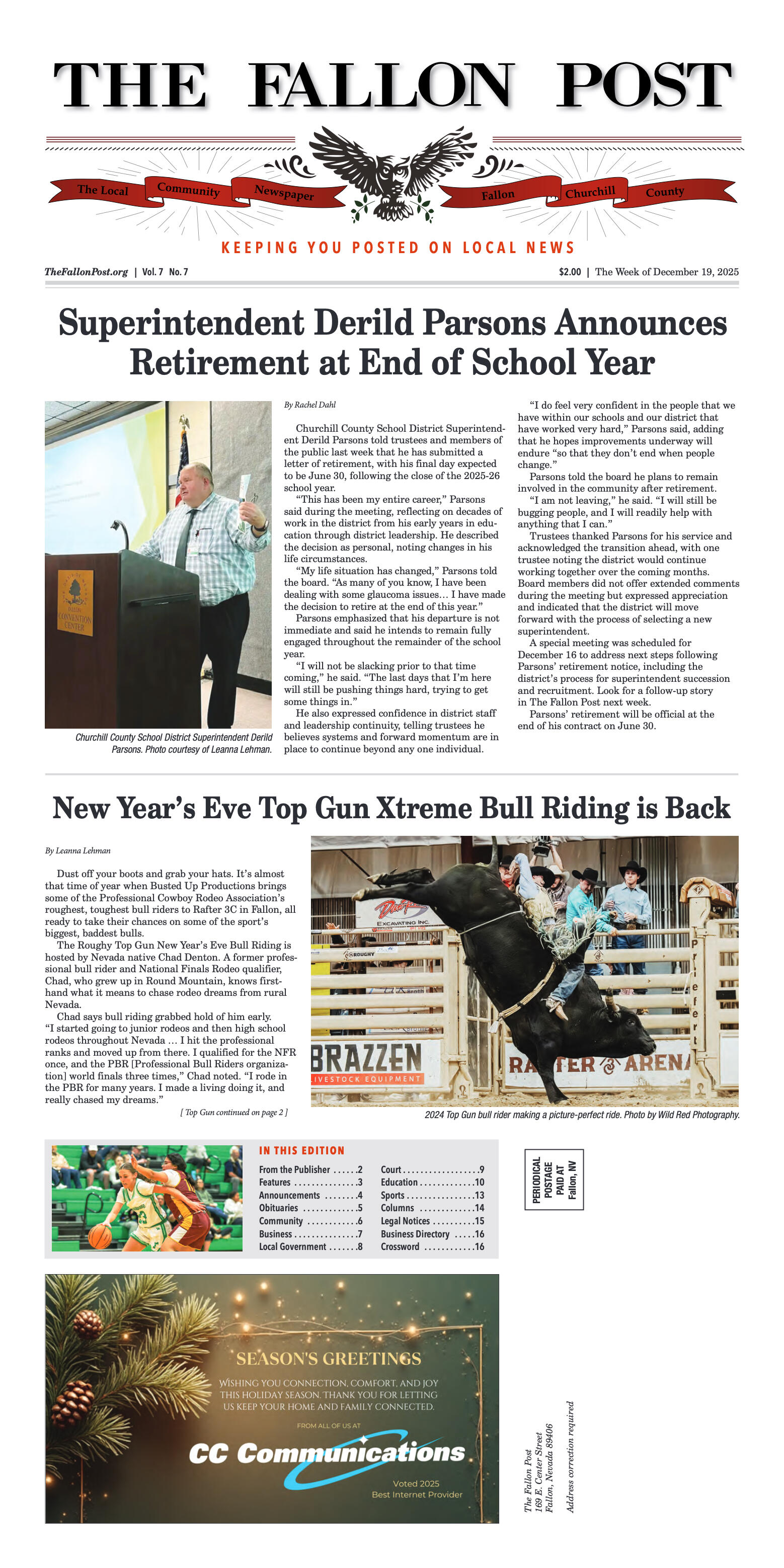
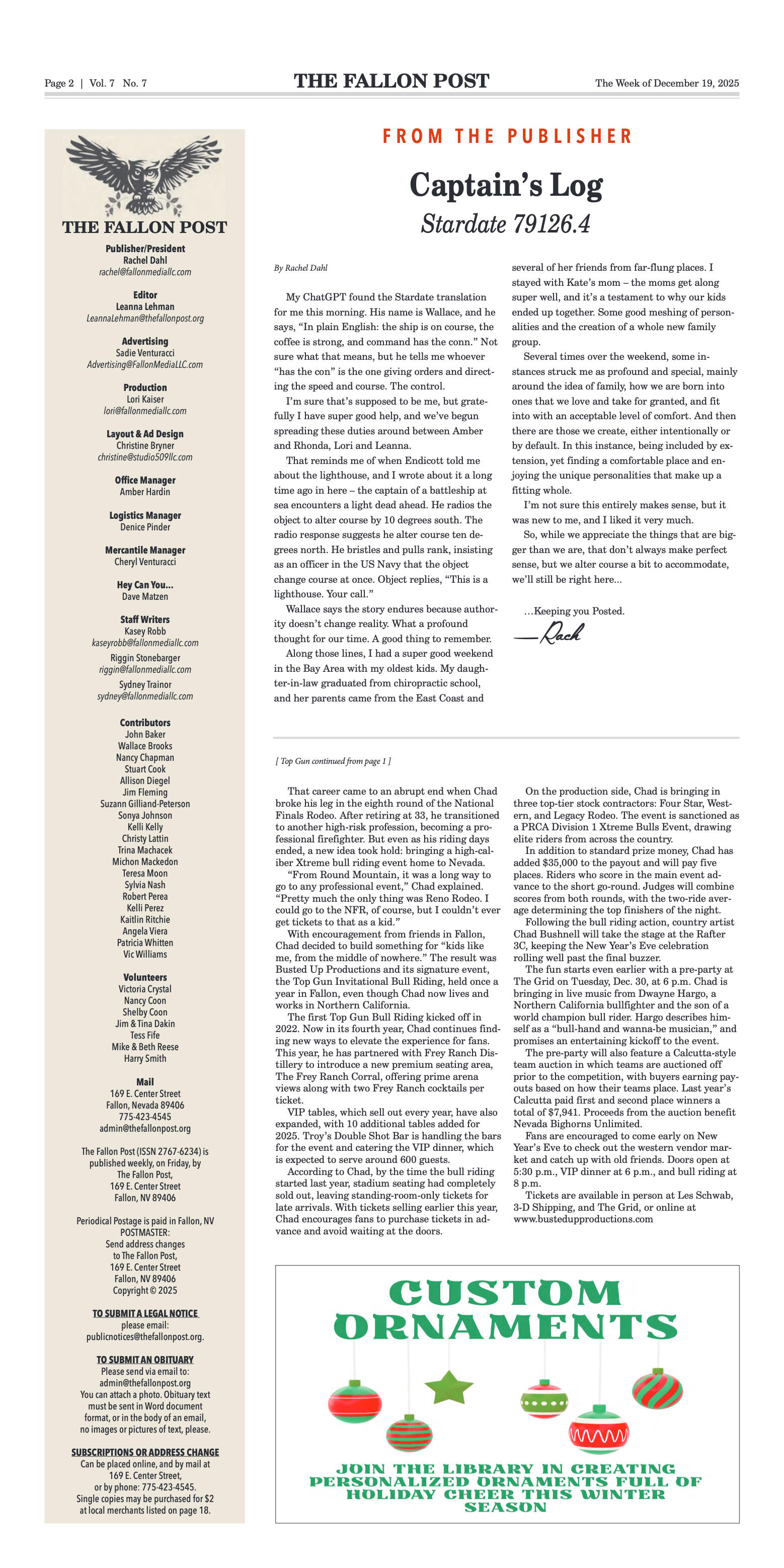
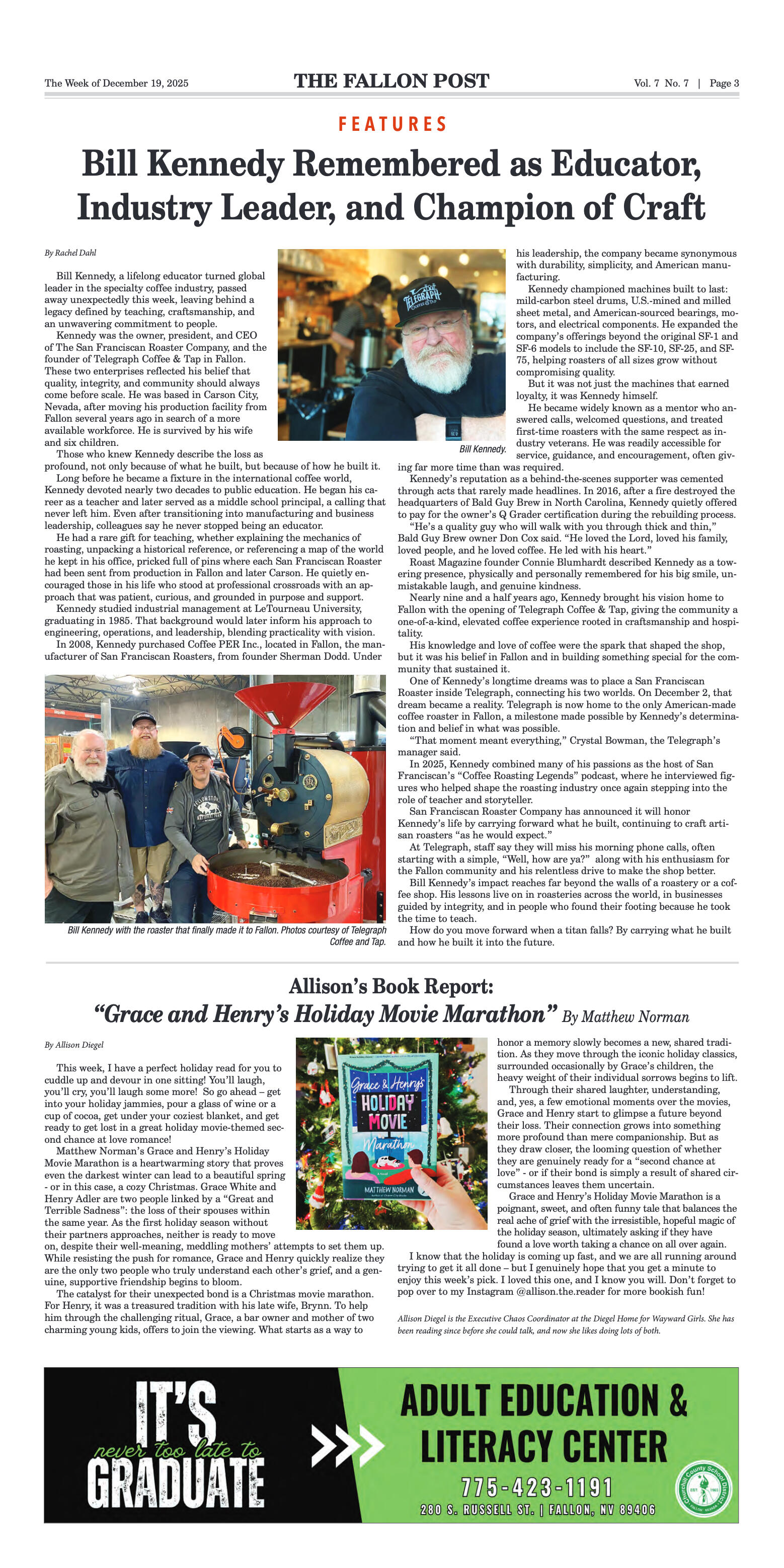
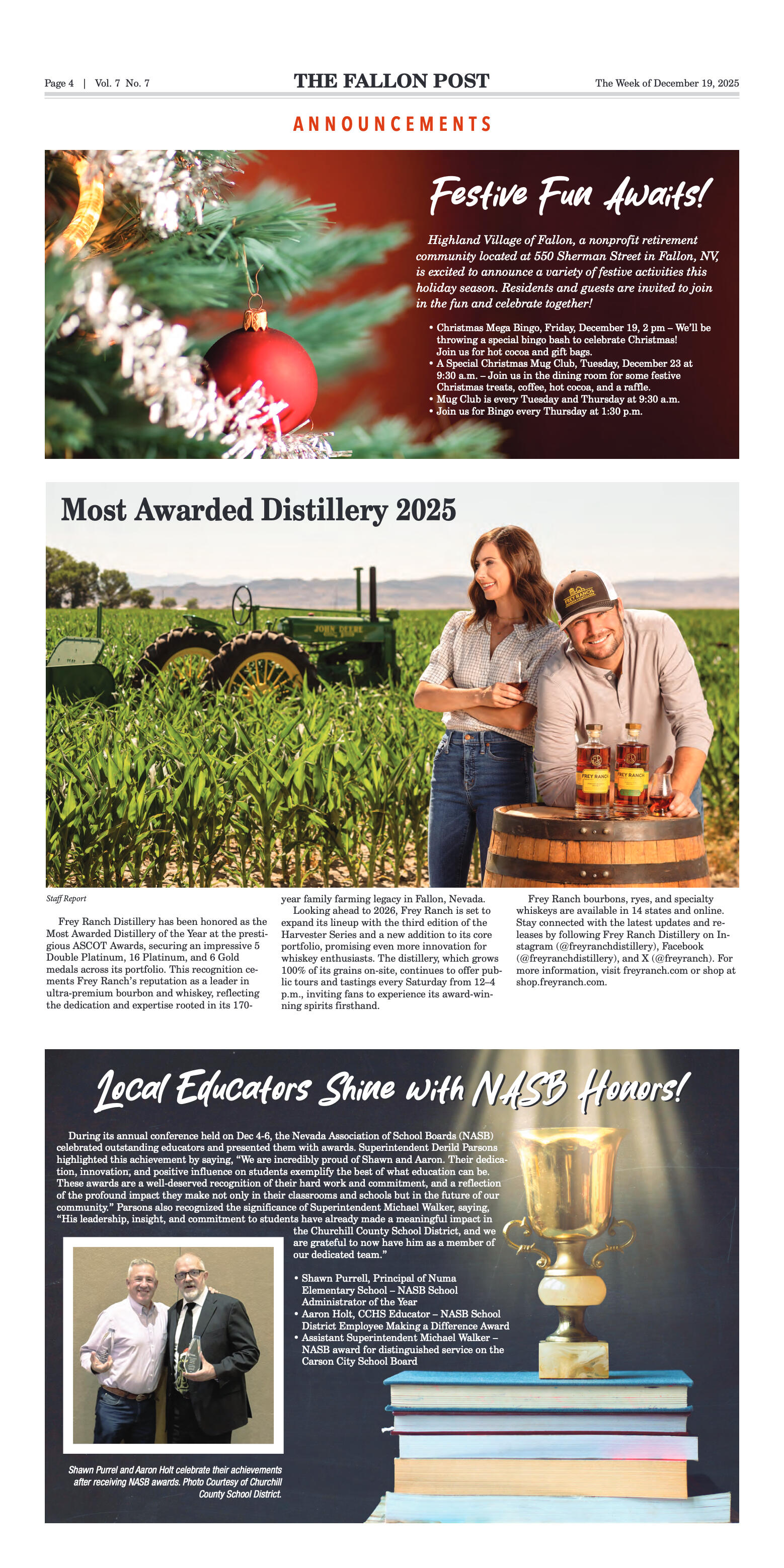
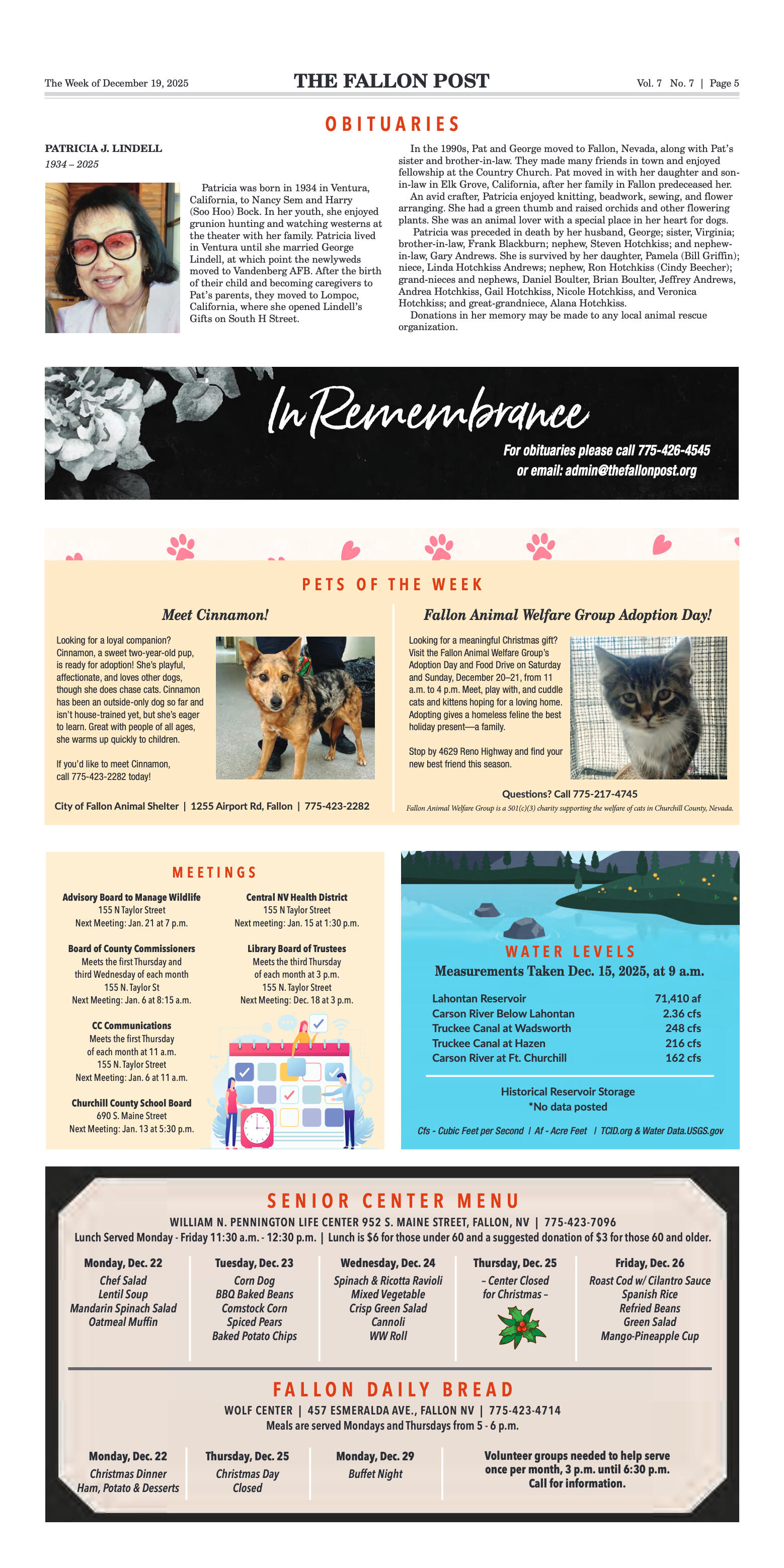
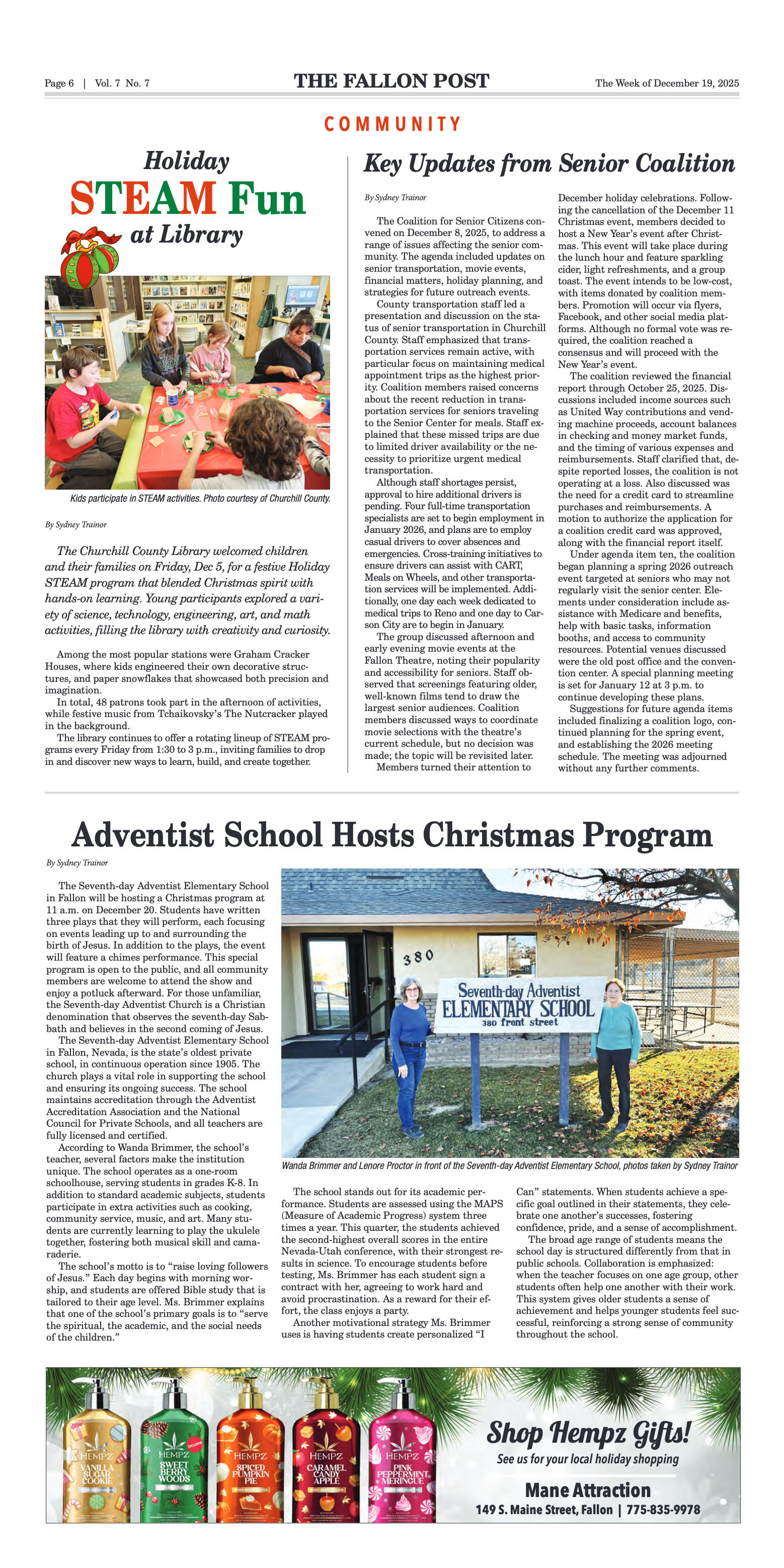
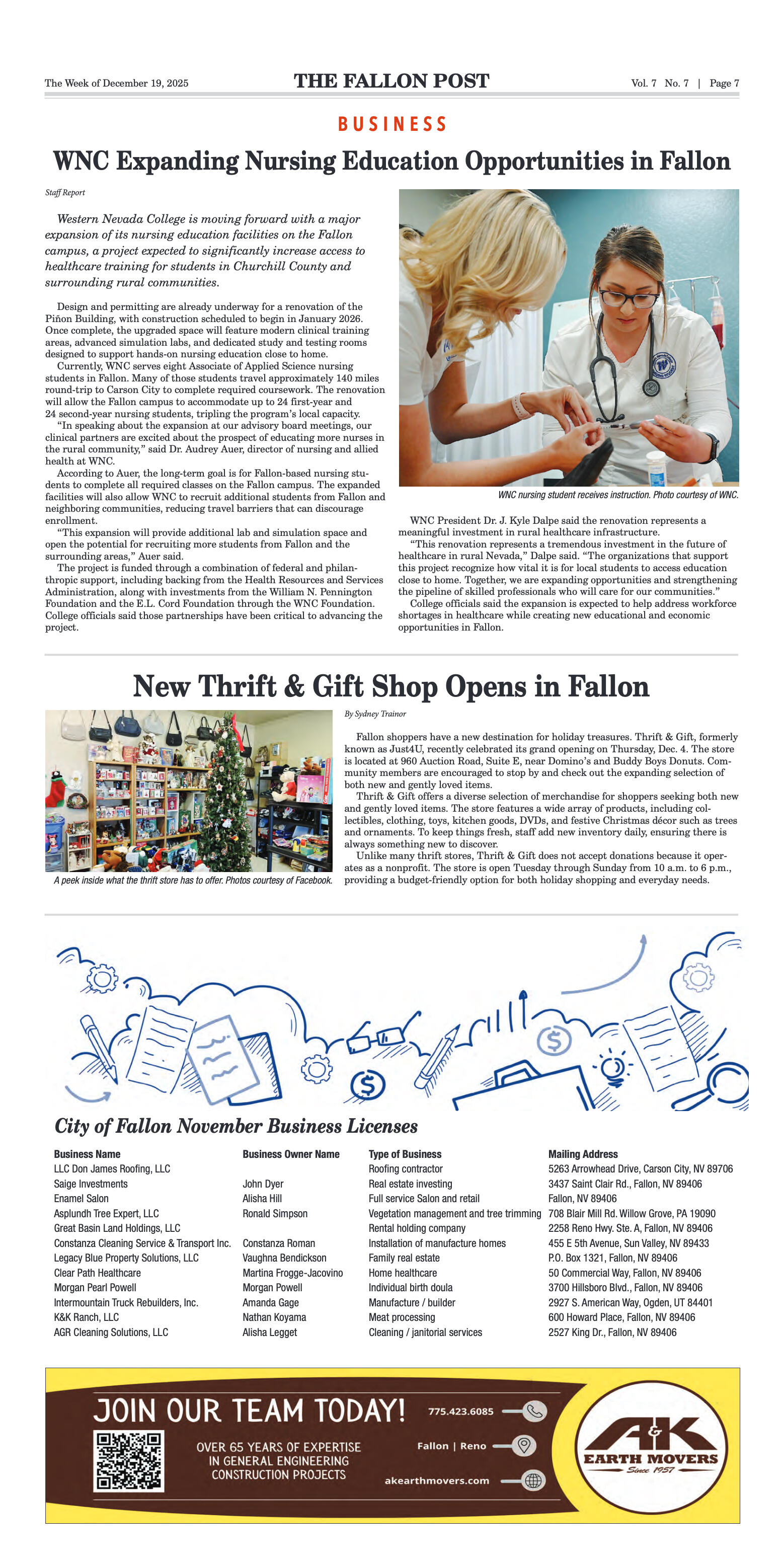
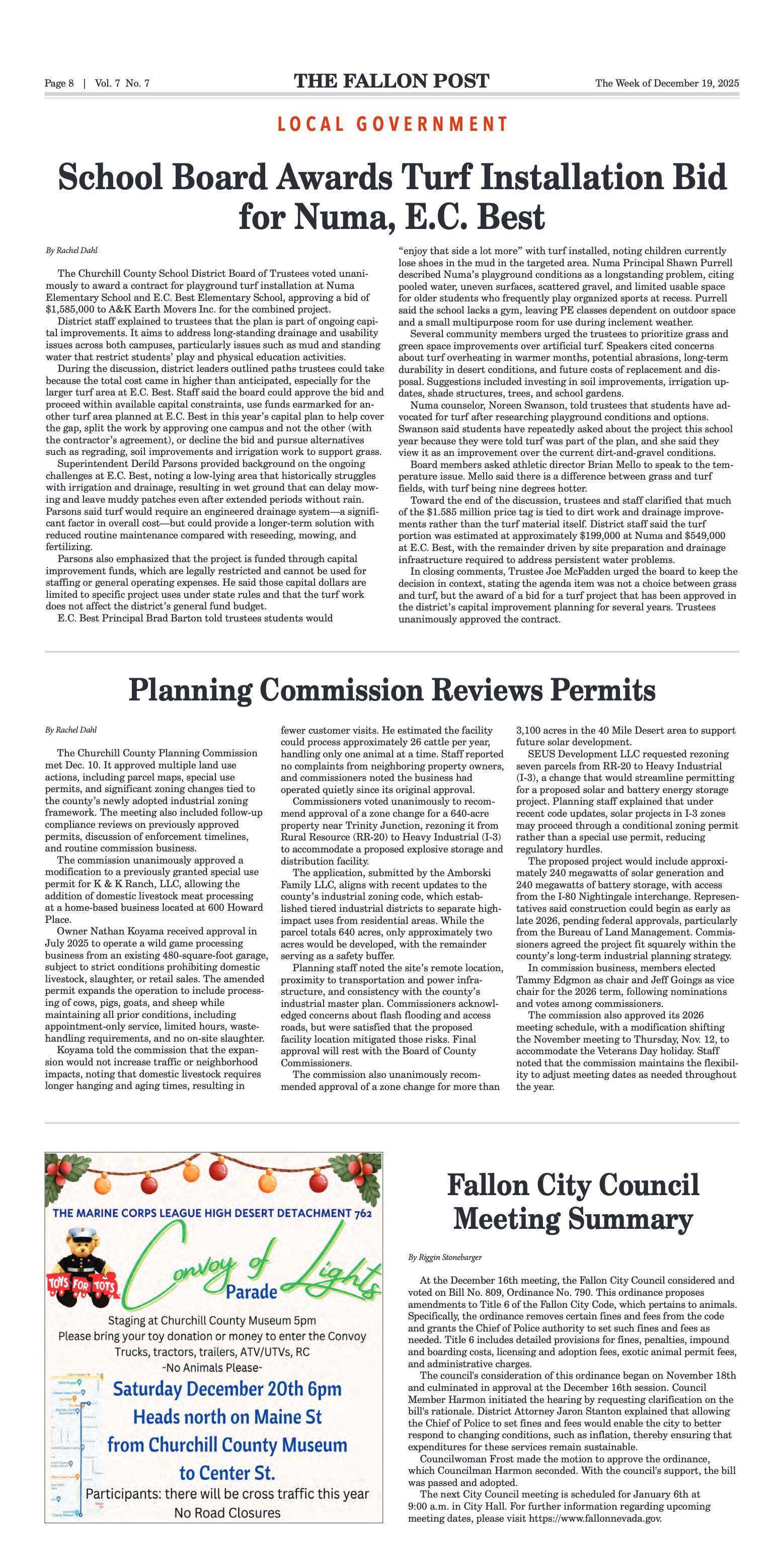
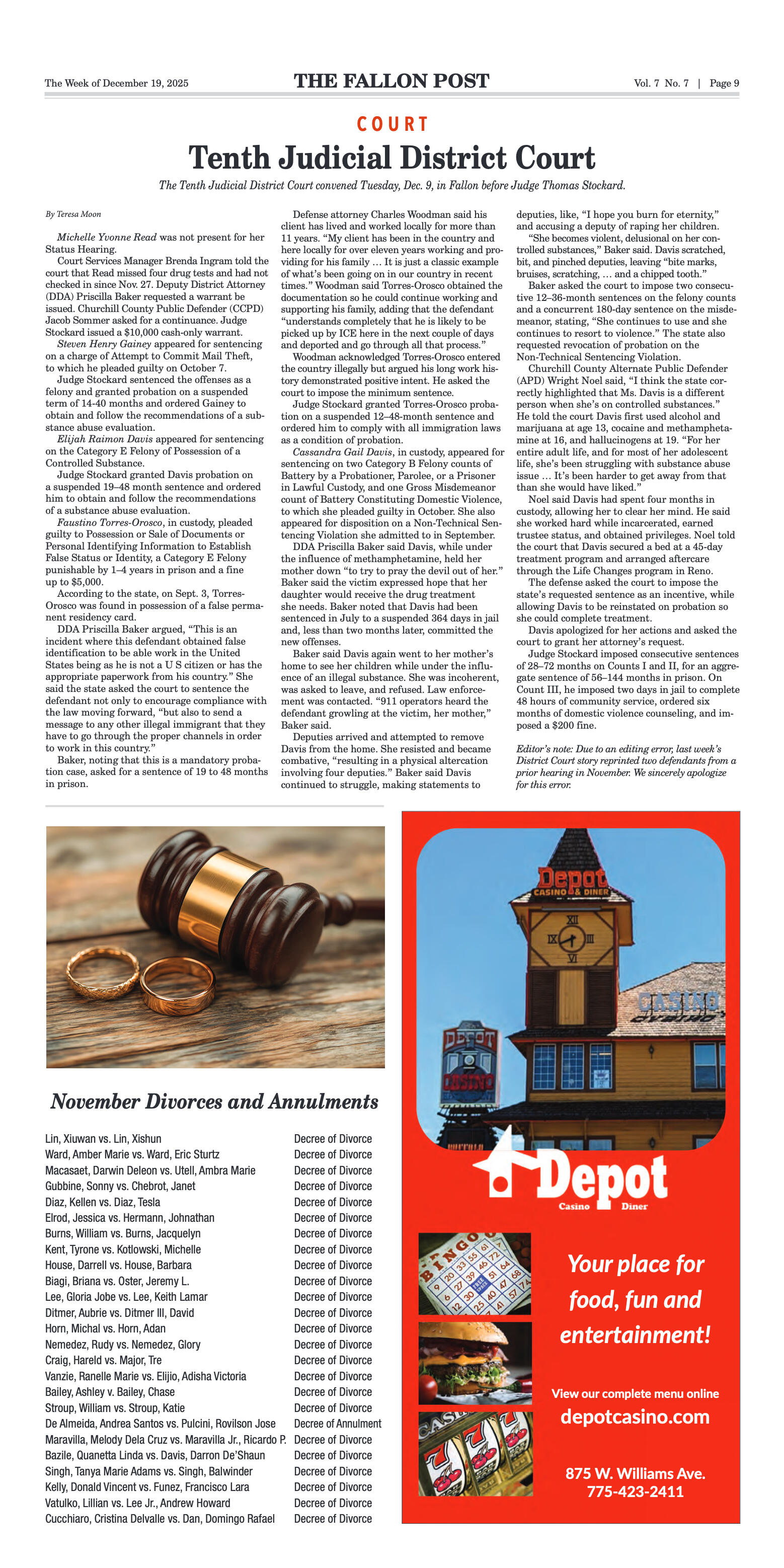
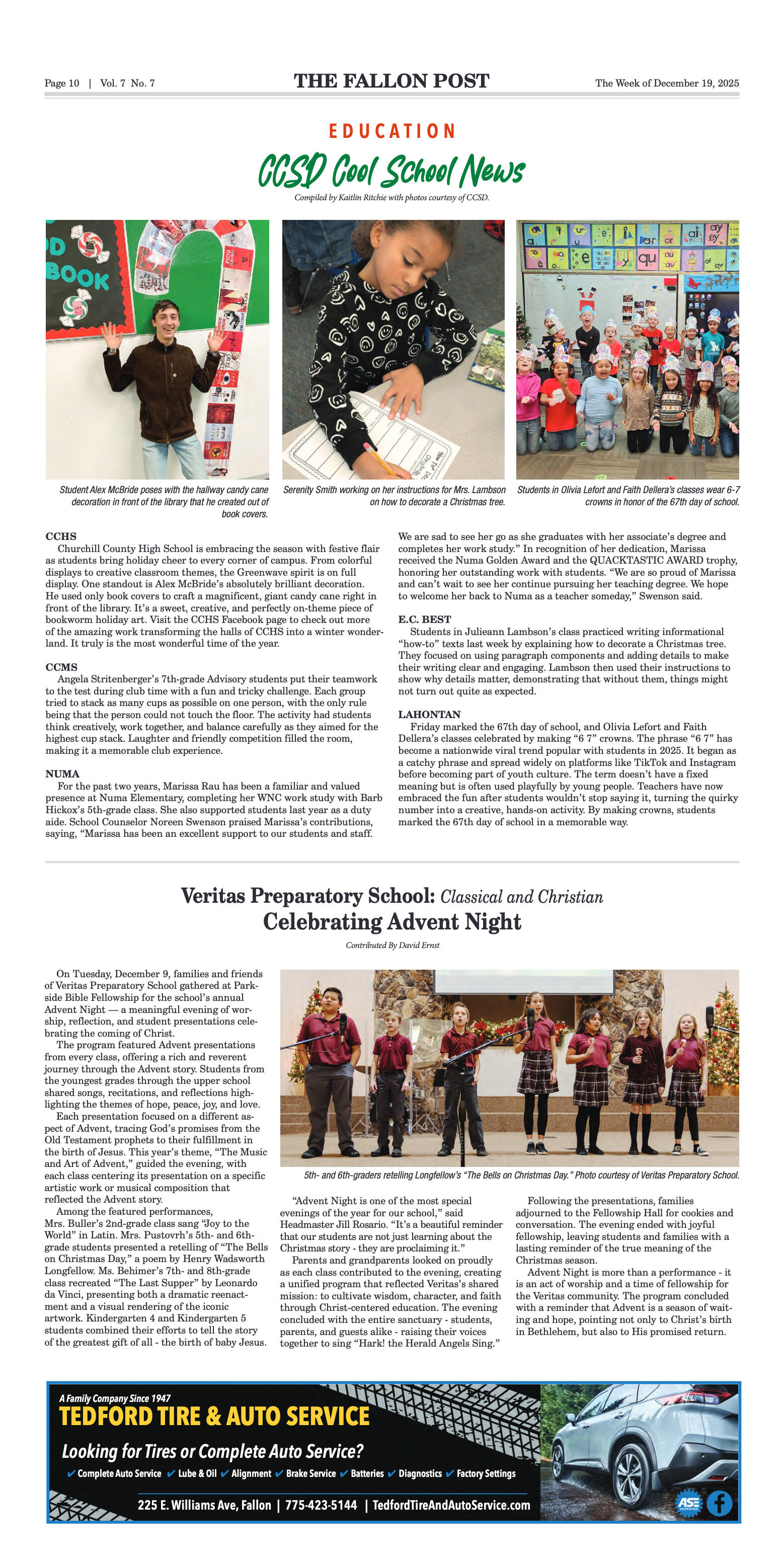
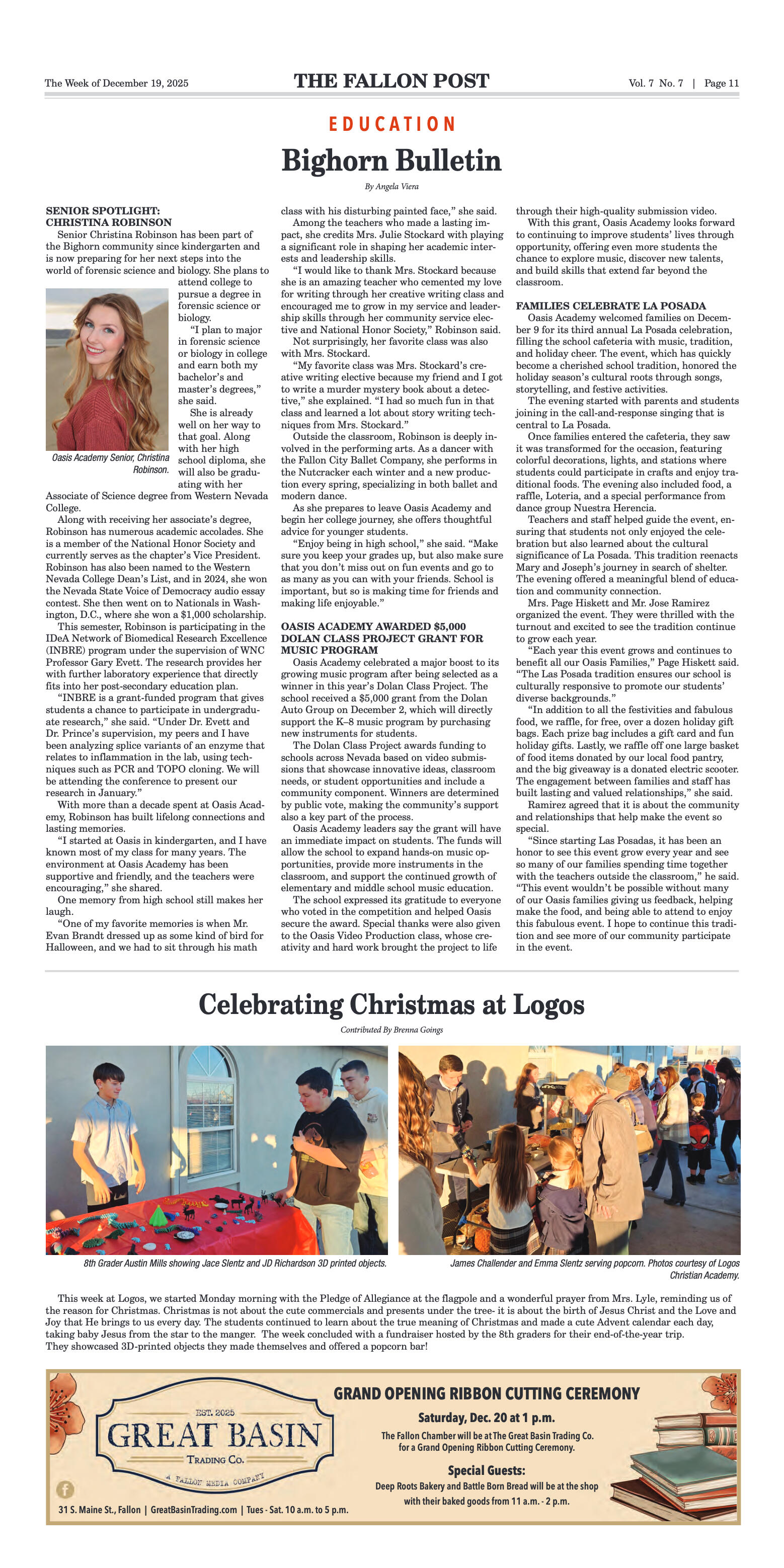
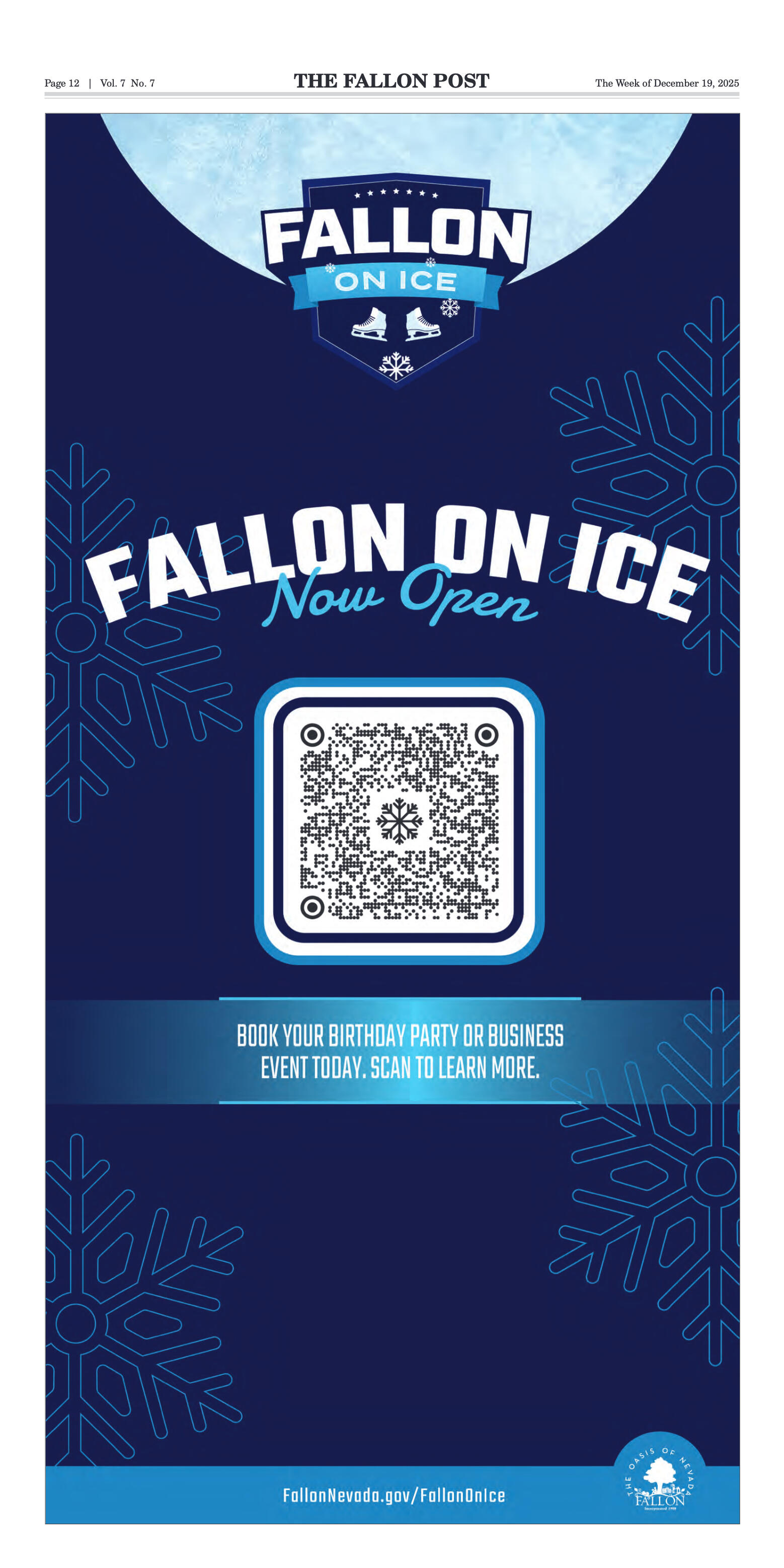
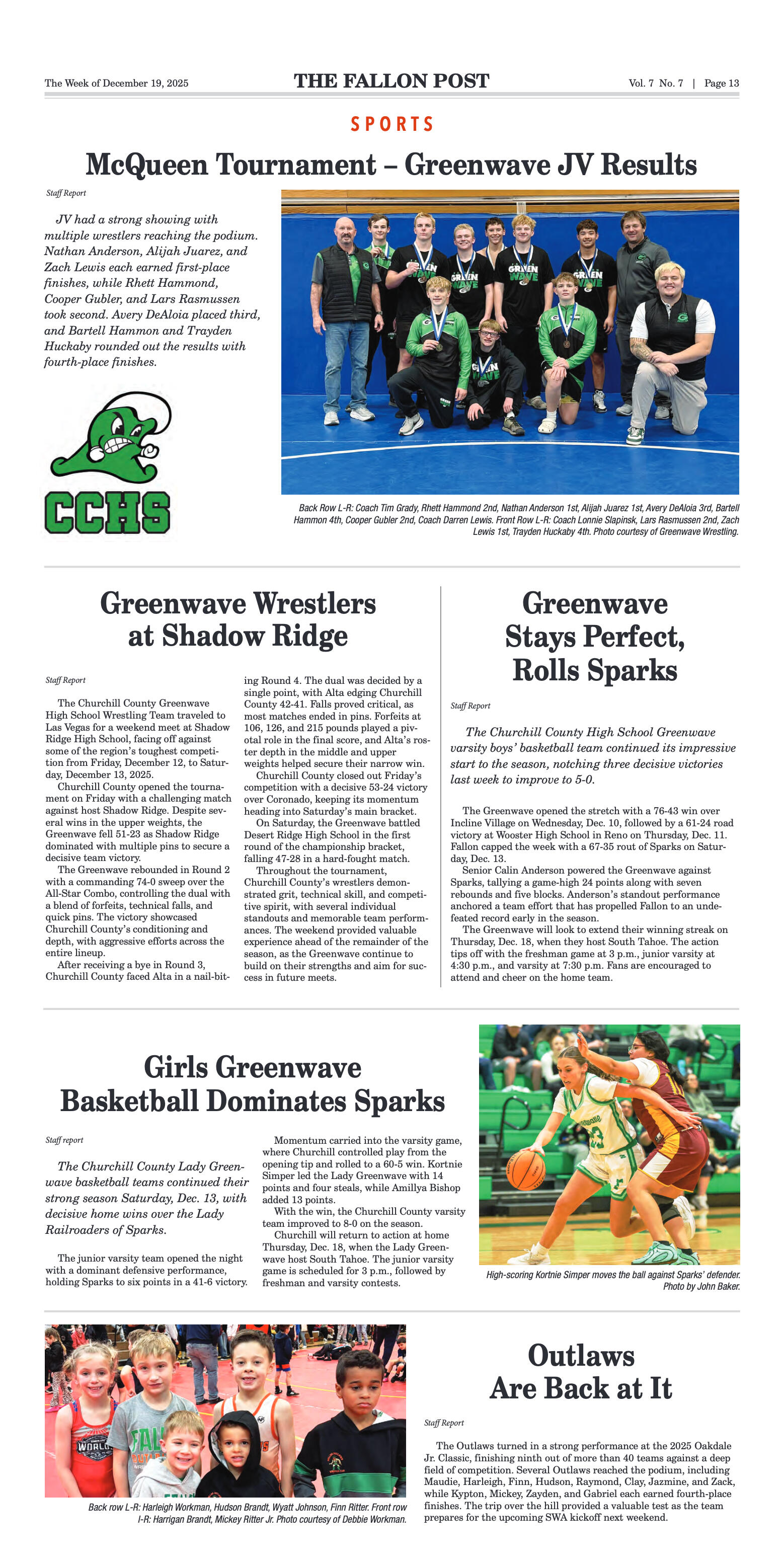
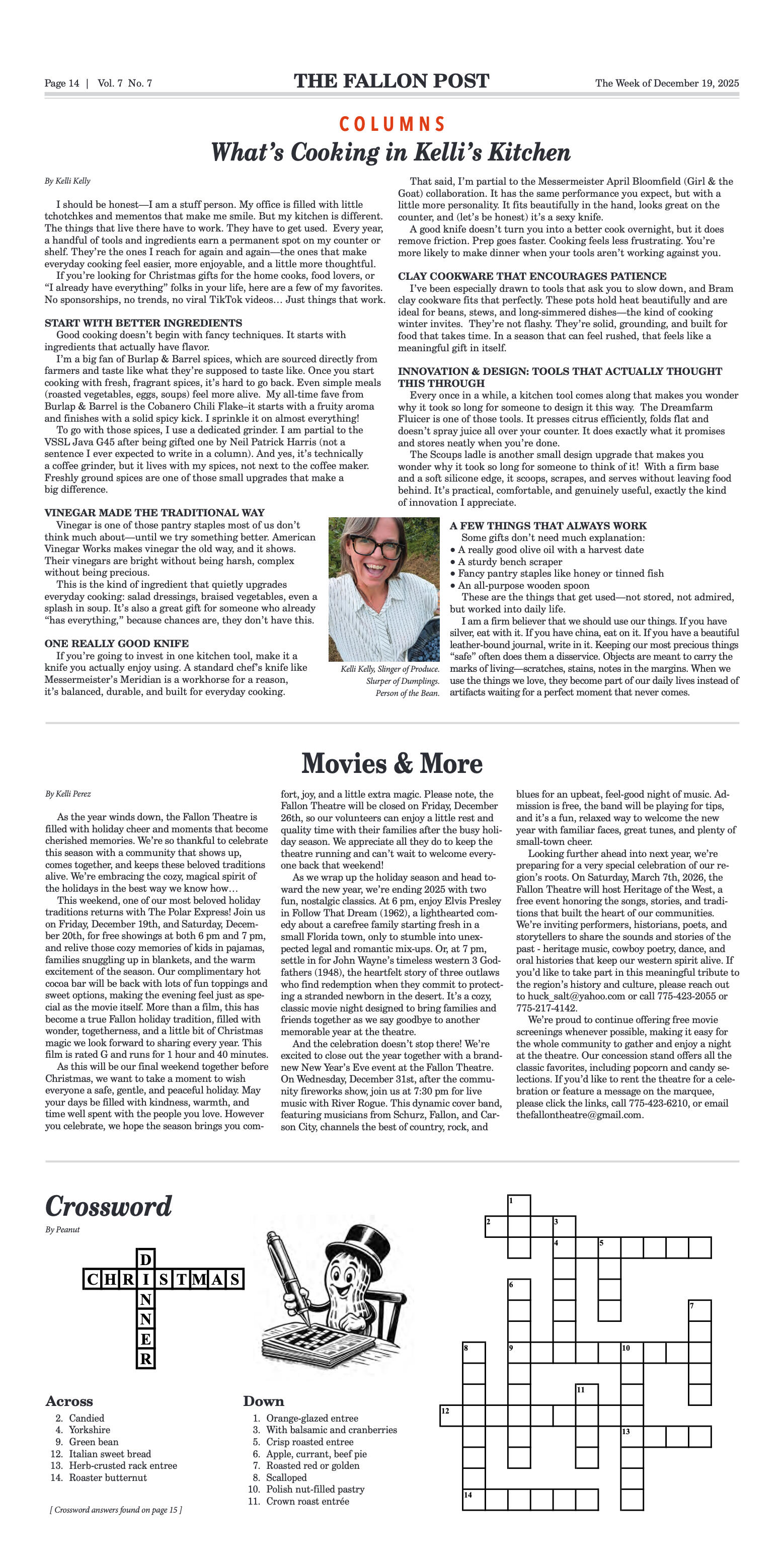
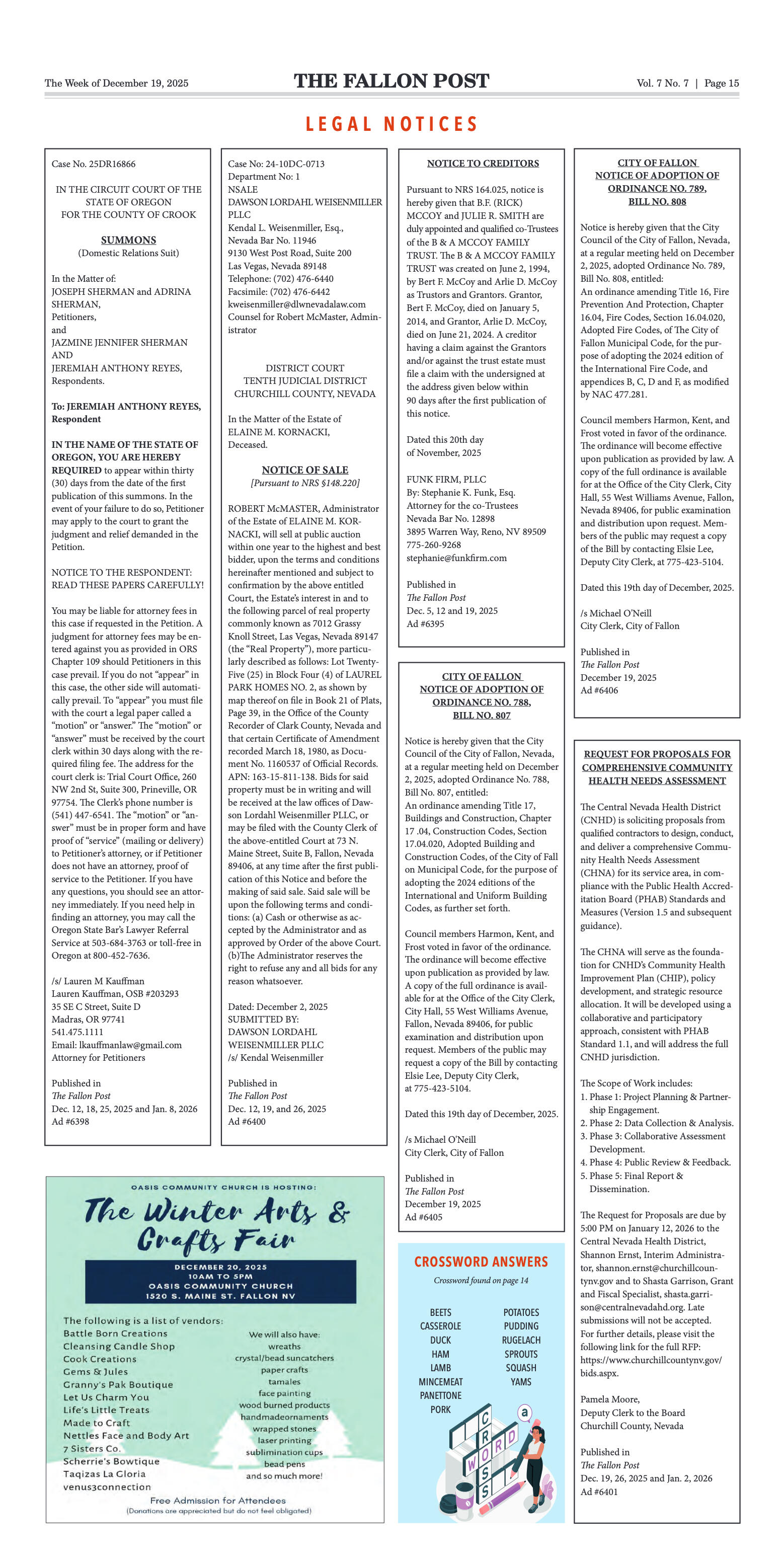
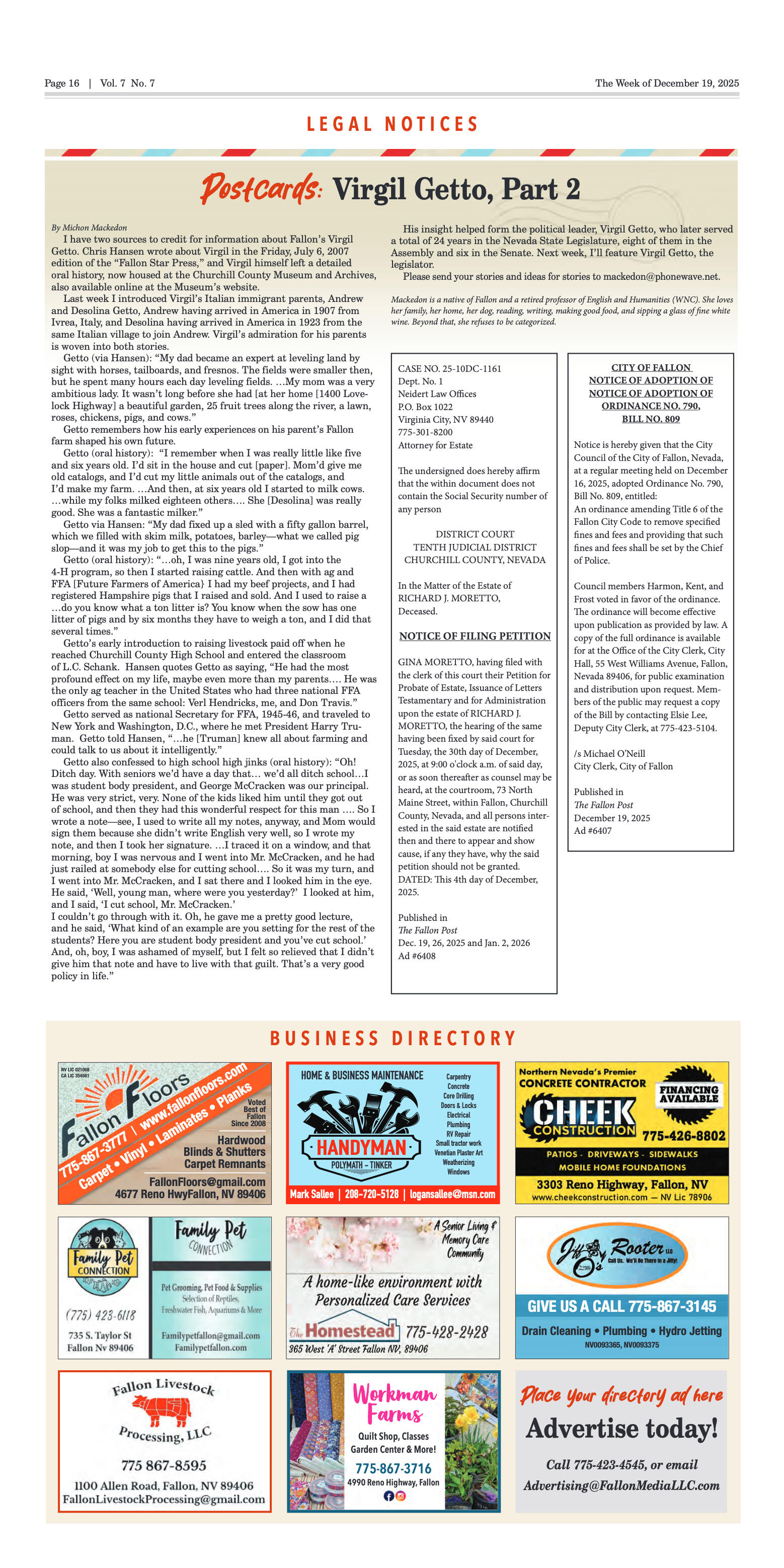
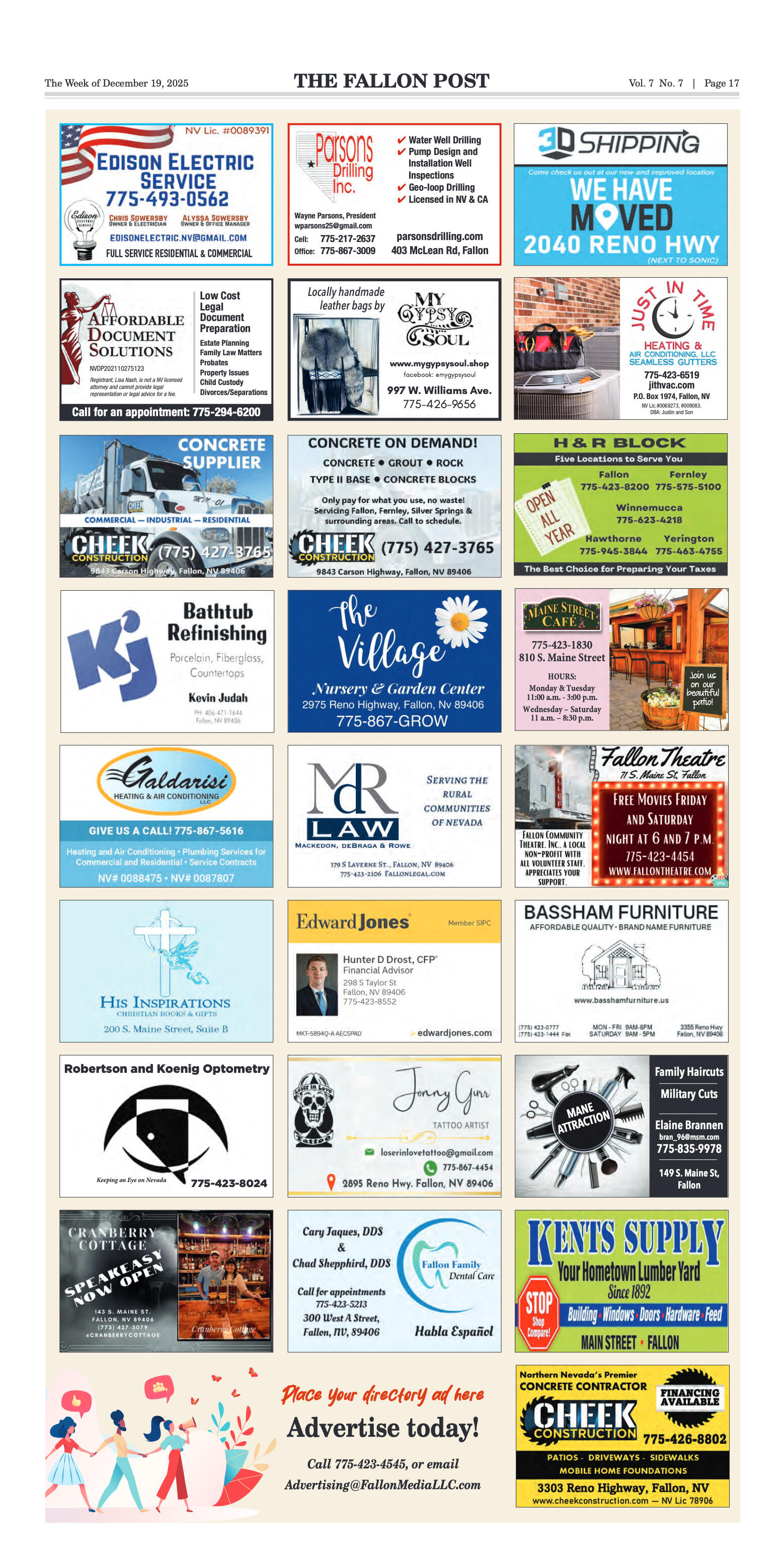





















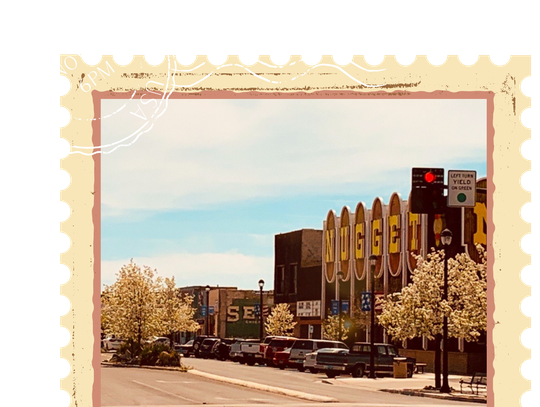



Comment
Comments